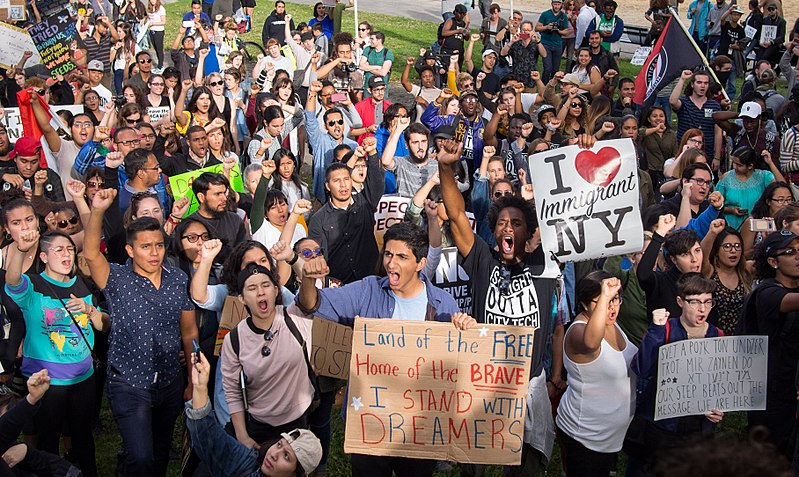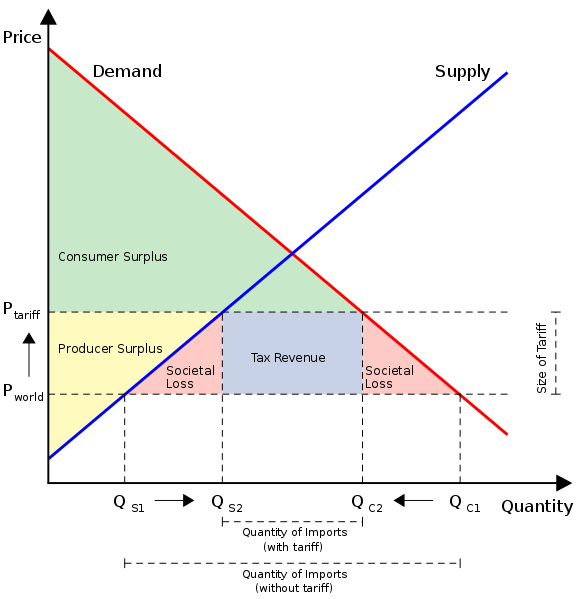Aptly deemed “DREAMers”, nearly 790,000 immigrants, illegally brought to the United States as children under the age of 16, were stripped of their security in a controversial decision to terminate the Deferred Action for Childhood Arrivals (DACA) program.
The Trump administration last Tuesday decided to end the Obama-era program which sheltered the children who illegally immigrated to the United States alongside their caretakers and parents.
Renewable every two years, the program protected DREAMers from deportation risks, as well as provided them with the necessary work and study permits to allow them to make a living. It was necessary for applicants to have a clean criminal history and either be enrolled in high school or college or serve in the military.
Its purpose was simple: to protect children — who were brought to the country illegally — and aide them in becoming productive and successful members of our society. Instead of removing them from the country which for many may be their only home, DACA provided a legislative alternative and protected those who, by no fault of their own, broke the immigration laws.
According to a UC San Diego study, the average age a DREAMer entered the country was 6-and-a-half years old. Many weren’t even aware of their immigration status until they were older and they began to apply for licenses or college. While many DREAMers are hesitant to disavow their parents for attempting to secure a better future for their children, the principle of innocence is a major point made by politicians in defense of the program: Should children be condemned for the actions of their parents?
Despite never “legalizing” any undocumented immigrants, DACA’s existence afforded a newfound and unprecedented security to thousands. Opponents, however, lambasted the program, accusing the government of supporting illegal immigrants financially by allowing them to stay in the country.
However, the misinformation surrounding the legality of the situation and the complete ramifications of its existence is staggering. The somewhat intimidating nature of the “Deferred Action for Childhood Arrivals” program leads to a number of clichéd beliefs about immigrants and immigration surfacing.
The most common misconception is rooted in the idea of government handouts and the false perception that DACA recipients are eligible for government financial aid. Contrary to this belief, DREAMers are not a taxpayer drain and siphoning government money — they aren’t even eligible for many of the programs many other Americans are. For many DREAMers, health insurance is not a possibility as they are not covered by neither the Affordable Care Act nor Medicaid. The only way for DREAMers to have health insurance is through employers, spouses, community clinics or by paying the entire premium and purchasing it on their own. The government is also not paying for their college tuitions: They are not applicable for federal financial aid, are prevented from receiving in-state tuition and, in some cases, are even forced to pay international rates.
One of the few programs DACA students are eligible for is the free-and-reduced lunch program. The financial burden on the state due to this program is negligible and its cost to the taxpayer is not significant enough to repeal the program under those claims.
The costs of repealing DACA and deporting each of the almost 800,000 recipients has been estimated at $10 billion according to the Immigration and Customs Enforcement (ICE) statistics which average the deportation of an individual at $12,500. This is only the budget for deporting the DREAMers and does not take into account the effective cost of their removal through the gross domestic product loss. The Center for American Progress estimated that losing the DACA workers would reduce the United States’ GDP by well over $400 billion over the next 10 years. In addition to their contribution to the workforce, DREAMers contribute to the economy each day in the same ways that citizens do: From more mundane purchases like their morning lattés to the reported $2 billion in state and local taxes, DACA recipients play an important part in the national economy.
According to The Center for American Progress, 90 percent of DACA recipients hold jobs and 65 percent utilized the program to pursue educational opportunities. Incarceration rates are drastically lower for DREAMers, calculated to be 14 percent lower than the native-born incarceration at 0.98 percent.
While it may be uncomfortable for nationalistic policy-makers who crave a homogenous population, the message of DACA is clear: immigrants are necessary to the success of America. As a country built on immigrant power, to turn away hardworking and competent men and women due to a single line of paperwork will do nothing but divide people further.













